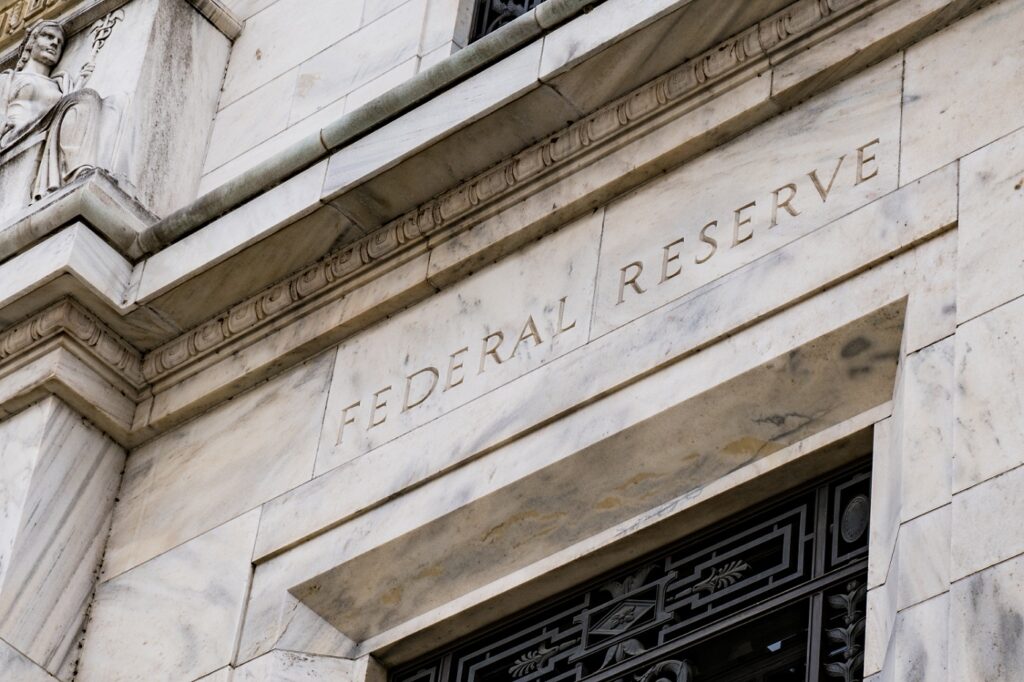The balance between supporting the banking system and lowering inflation is the Fed’s goal in the coming months

After the interventions of Silicon Valley (SVB) and signature banks in the US, as well as the purchase of Credit Suisse by UBS orchestrated by the Swiss regulator, they expected that the Fed would not increase the rate any further at the March 23 meeting on monetary policy or that it would even begin to Reducing them in order to ease tensions in the financial system.
As he explained it BBVA Mexico Chief Economist, Carlos Serrano Herrera in his article “The Federal Reserve faces a difficult balancing actPosted in El Financiero, the decision did not go as expected and instead increased the federal funds rate by a quarter of a percentage point, which is a correct but challenging decision that must be faced in the coming months.
The economist explains that unlike the global financial crisis of 2008 and 2009 when the Federal Reserve cut interest rates to zero, there are big differences at this point. The first is the current inflation level, which is around 6% which is higher than the target inflation level of 2%. In 2008, inflation reached levels of 5.3%, but when the economy entered a deep recession, it quickly turned negative. The difference is that the United States has a strong economy right now.
Serrano explains that “the second difference is that the banking system in the United States today is more solvent than it was then, since the regulatory framework has been strengthened after the previous crisis, which requires banks to have more and better capital, that is, with Greater ability to absorb losses. The article notes that the problems with SVB and Signature were primarily liquidity, not solvency Since then “prior to the change in the book value of the bonds in its portfolio, a run had begun, explained by the fact that nearly 90% of deposits (in the case of SVB) were not covered by deposit insurance.”
BBVA Mexico’s Chief Economist explains that general information indicates that SVB and Signature problems are not generalized to the rest of the financial system, but the possibility that there are some other small or medium-sized enterprises that may more or less experience the same luck cannot be ruled out.
for this reason Since these are issues of liquidity rather than solvency, the Fed can continue to use monetary policy to combat inflation and deal with liquidity problems with tools for this purpose, as it has done so far with good results. And details that there may be another increase in the rate of monetary policy and that the beginning of the cycle of declines will occur until the beginning of next year.
Economic analysis
Silicon Valley Bank (SVB) intervened by the US authorities on Friday, March 10, after recording a large outflow of deposits. Risk aversion in global financial markets affected the yield on two-year US government bonds, falling by more than half a point, which has not happened in the past 40 years.
Finally, the economist highlights three lessons that can help reduce future problems such as those suffered by these banks that caused episodes of high volatility. The first is that keeping interest rates too low for too long helps build up financial vulnerabilities. The second is that supervision must be improved, and in particular, stress tests must be carried out on all banks and not just the largest ones, and these tests must be designed with more stringent scenarios, and third, raising the threshold for deposit insurance coverage or even insurance for all depositors must be analyzed. This would make the system somewhat more expensive, but also more stable by reducing the possibility of running banks.
The article was published in El Financiero on March 30, 2023 and can be consulted at this lineK.

“Award-winning zombie scholar. Music practitioner. Food expert. Troublemaker.”









